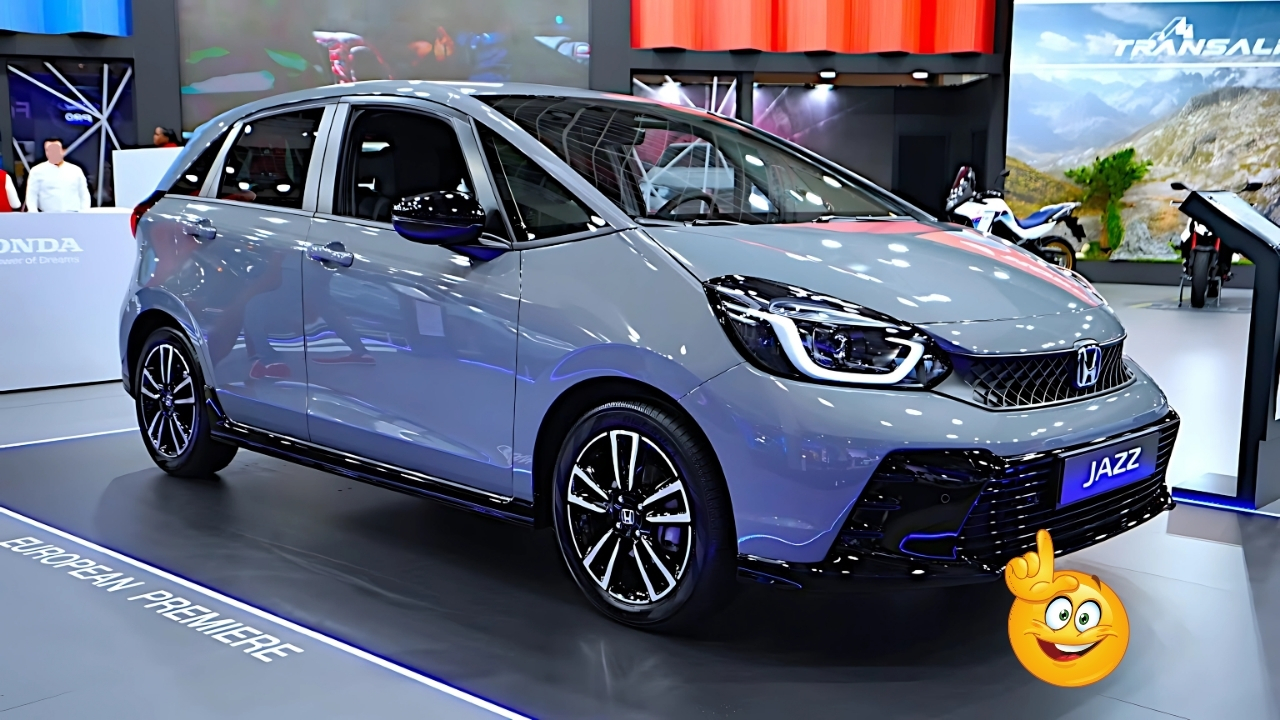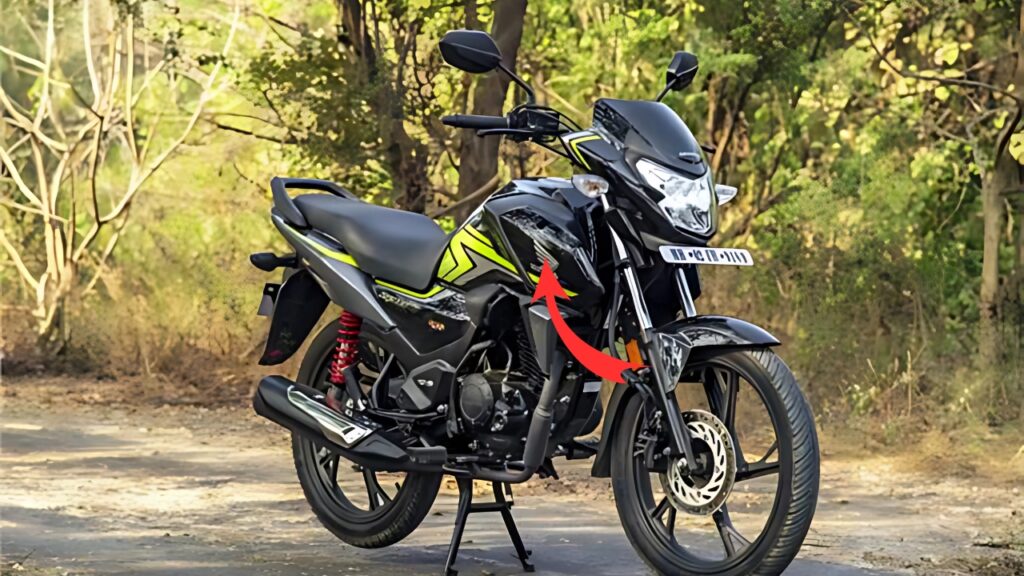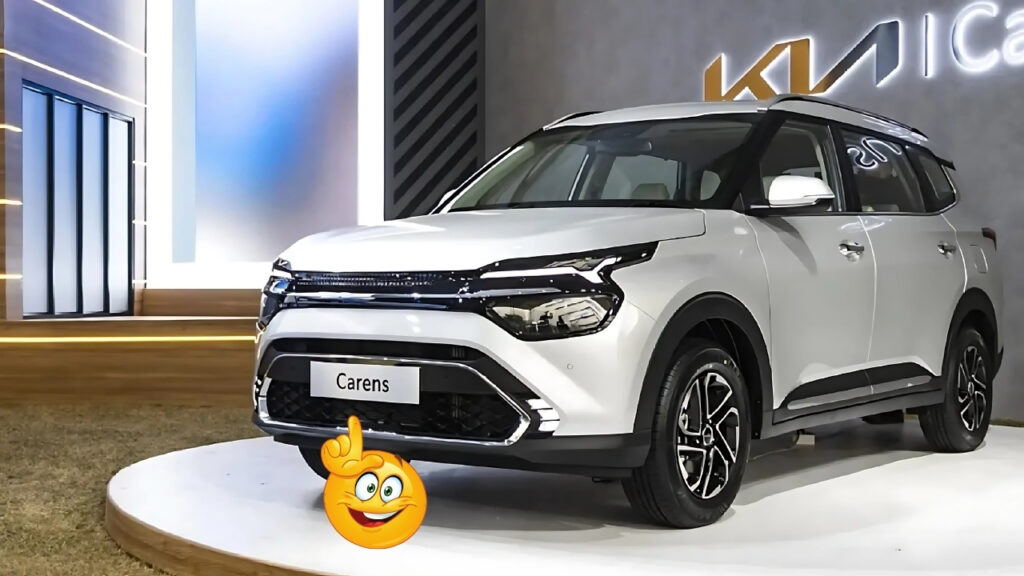Honda Jazz Facelift: The facelifted Jazz retains its signature silhouette, but adds new, modern design details that give the car a more contemporary look without abandoning its history.
Particularly the front fascia gets a few love taps, with a revised grille featuring a larger Honda badge over a gloss black background, with sleeker LED headlamps on either side of it featuring integrated daytime running lights that create a more sophisticated light signature.
Side profiles are mostly unchanged, maintaining the unique forward-leaning windshield and tall roof that give the model impressive interior space.
The rear carries LED tail lamps with new light signatures that make the width visually appear wider while retaining continuity with Honda’s current design language.
Visual changes are rounded out by new alloy wheel designs, with more modern patterns that fit better with the refreshed look.
From a visual standpoint, the facelifted Jazz is still offered in eight exterior colors, two of which are new premium shades – Platinum White Pearl and thenMeteoroid Grey Metallic; so there should be enough personalization options without giving up the complexity.
Overall, the visual tweaks lend a more mature presence to the car to match the model’s positioning in the segment that sees it as a premium compact hatchback.
Table of Contents
Honda Jazz Facelift: Interior Excellence- Quality Superimposed on Space

Inside, the Jazz also demonstrates Honda’s clever packaging and space efficiency. The layout facilitates a super flat floor for passenger comfort and also allows the model’s signature “Magic Seats” to fold in multiple ways to suit a wide range of cargo needs.
The utility of this can not be overstated, the practicality of this flexibility is still best in segment with transformational use of space that provides more utility than you would expect given the cars compact exterior dimensions.
Revised seat materials come in more sophisticated patterns and with improved cushioning that nurtures comfort on long drives; the quality of material is treated with similar care.
The dashboard layout continues to be driver-focused with a high-mount position, 9-inch touchscreen for easy reading, and more-tuned resolution and processing speed than the outgoing model.
The instrument cluster itself gets an analog and a 7-inch TFT display combination which offers detailed vehicular information in a legible format.
There is a redesign to the tactile quality and functionality of controls, a new three-spoke steering wheel design, and on higher specifications, ambient lighting that gives a premium feel during night-time driving.
Technology Integration — Connected Convenience
Like with all of its models, the facelifted Jazz realizes that consumer expectations are progressing and has responded with a much more up-to-date technology package.
The same connectivity device now encompasses wireless Apple CarPlay and Android Auto that not only cuts the cable clutter but also directly connects your smartphone seamlessly with the Honda Connect system.
Common-use functions take priority on its intuitive interface, which retains the simplicity that contrasts with the layers of complexity present in some competitors’ systems.
To this end, there’s a wireless charging pad in the front center console for compatible devices, and USB-C ports for faster charging of other electronics.
Thanks to the refined positioning of the speakers and superior digital signal processors, the premium audio system will improve sound quality, with a listening experience rivaling what you would expect from much higher classes.
The same goes for Honda’s Advanced Driver Assistance Systems (ADAS) features, which can now come with a more refined Honda Sensing suite and an improved camera and radar sensor setup that refines the performance of features such as adaptive cruise control, lane keeping assistance, and autonomous emergency braking systems.
These sound like fancier sensors and monitoring, but they’re more seamless in operation and less guilty in falsely intervening, thus building greater driver confidence in their capabilities.
Dynamism on the Road: Polished Ability
Staying true to the Jazz’s intended character, it retains a strong bias towards comfort and refinement over sportiness — indeed, we will be taking quietly as a luxury image choice, particularly for those willing to pay a little more.
The suspension still relies on MacPherson struts up front and a torsion beam configuration at the rear, but it does get new damper tuning that enhances the ride quality over rough surfaces while still providing acceptable body control during directional changes.
Noise, vibration, and harshness (NVH) management gets special attention, with extra sound insulation in strategic areas and revised engine mounts that reduce vibration transference to the cabin.
These improvements result in a noticeably more hushed cabin that adds to the premium feel in both urban start-up and highway cruising situations.
And in the steering system, it gets the right kind of weighting that builds with speed — making it easy to maneuver during parking maneuvers, while offering good feedback at higher velocities.
That calibration favors general useability over sporting feedback, since comfort and refinement is more important for the average Jazz buyer.
Powertrain Options: Efficient And Effective Performance
The revamped Jazz builds on Honda’s expertise in economical powertrains, with the standout being the e
hybrid system that fuses a 1.5-liter Atkinson-cycle petrol engine with dual electric motors. This fancy-pants system dishes out 109 horsepower, with extraordinary stats of a claimed 4.5 liters per 100 kilometers (62.8 mpg) under test conditions.
In fact, the petrol engine acts more as a generator than for constant direct power to the wheels; the hybrid system operates mainly on electric drive.
The arrangement produces an EV-like driving experience with large amounts of almost instantaneous torque available over a wide range of RPM but retains the convenience of self-charging operation without the need for additional charging infrastructure.
In the developing markets where hybrid demand dates still exist, conventional petrol engine alternatives endure, including a fine-tuned 1.5-litre i-VTEC unit which combines efficiency and vigour using Honda’s experienced variable valve timing technology.
Honda Jazz Facelift
The Honda Jazz facelift is more about methodical evolution than radical change, an approach that’s also entirely befitting of a model with proven strengths and a loyal customer base.
Honda uses well-executed sophistication, tech integration, and polish to achieve this considering the Jazz’s unique character of superb space efficiency—continued on to give buyers in search of all-purpose premium appointments in a supermini more reasons to consider buying one.
In a segment ever more characterized by style-led propositions, the Jazz’s unwavering commitment to practical innovation and authentic utility creates a compelling point of difference for more discerning purchasers who are looking for substance, not style.
Having this approach to product development means that the Jazz will remain an important part of the global hatchback scene for years to come.





